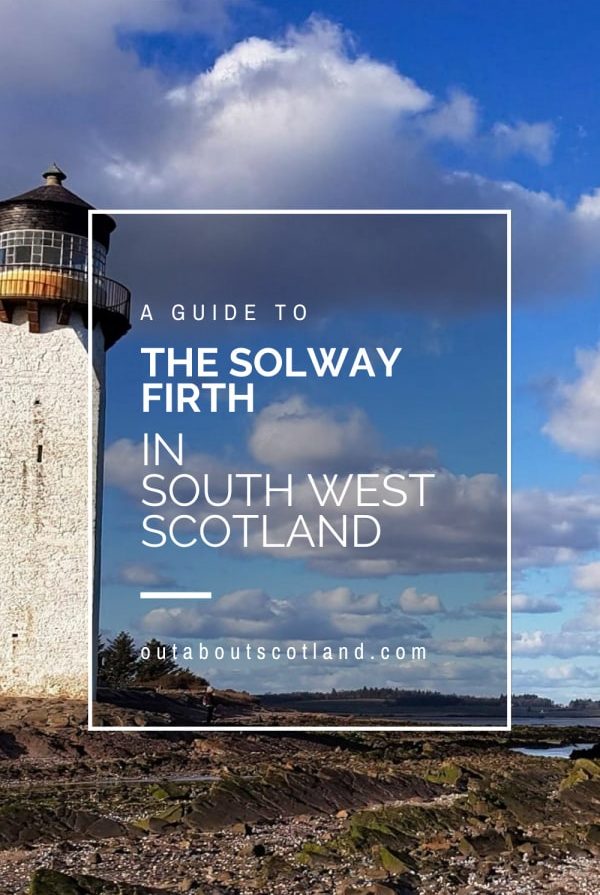Nestled in the scenic heartlands of Dumfries and Galloway is an architectural gem that has been described as one of the prettiest fortresses in Scotland: Caerlaverock Castle. This unusual building, with its triangular design, carries within its weather-beaten walls tales of sieges, battles, and regal splendour that have left an indelible mark on Scotland’s past.
In this article, we’ll take a look at this remarkable castle to explore its unique architectural features and discover what it’s like to visit as a tourist. You’ll enjoy your time at Caerlaverock Castle whether you’re interested in history, scenic landscapes, or just castles in general.
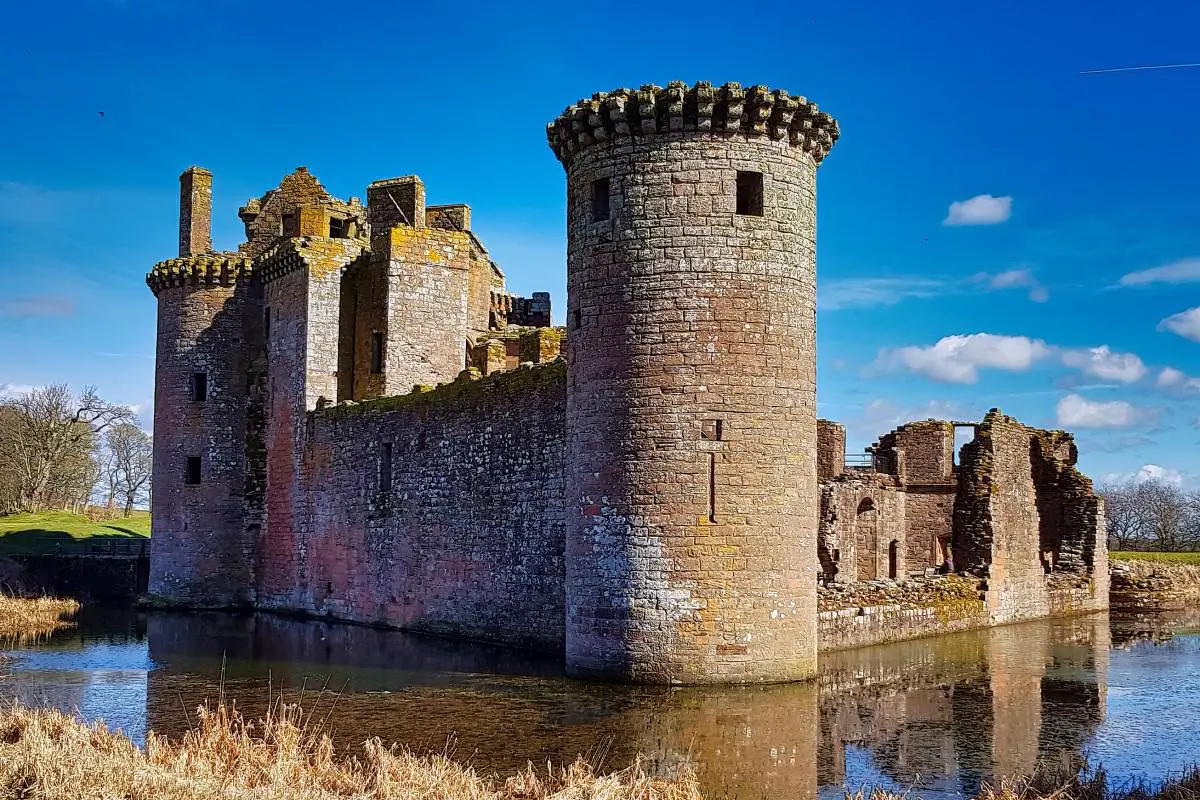
| Address: | Glencaple, Dumfries, DG1 4RU |
| Opening Hours: | 1 April to 31 March: Daily, 10 am to 4 pm |
| Admission Price: | £6.00 adult £3.60 child £4.80 senior |
| Parking: | Free car park on-site |
| Contact: | 01387 770 244 |
| Facilities: | Toilets, cafe, gift shop, museum, visitor centre, bike rack, picnic area, water refill |
Overview
The Historic Environment Scotland-managed Caerlaverock Castle is regarded as one of the most impressive mediaeval fortresses on the Scottish/English border. One of Scotland’s few remaining moats surrounds the castle, which is notable for its peculiar triangular shape, and the fortified walls serve as a reminder of the siege years that plagued this region of the country during the Wars of Scottish Independence.
Although Caerlaverock Castle is now partly in ruin, it’s still an impressive sight, and it’s a great place to visit if you have a few hours to spare while exploring the area. The castle offers lots of photo opportunities, and the nearby walks in the Solway Firth nature reserve are fantastic and perfect for a stroll on a sunny day.

The Highlights
1: Caerlaverock Castle is well-known for its unique triangular design, which is rare among Scottish castles. This building, which has a twin-tower gatehouse and a moat around it, offers a fascinating look at mediaeval military architecture. Walking around the castle grounds, visitors can explore the distinctive layout which includes a particularly scenic moat.
2: Dating back to the 13th century, Caerlaverock Castle has a fascinating and turbulent history. The castle’s visitor centre features an exhibition that delves into its past, providing intriguing insights into the lives of its former occupants, especially during the Wars of Scottish Independence.
3: The castle is nestled within the beautiful Caerlaverock National Nature Reserve, giving visitors the chance to combine historical exploration with a love of nature. The surrounding wetlands are home to a variety of birds, making them a fantastic place for bird watching, while the stunning views of the Solway Firth add to the overall experience.
Visiting Tips
1: Caerlaverock Castle is located near Dumfries and is a popular tourist attraction. As such, it can get quite busy, especially during the peak tourist season. Plan your visit well in advance and try to arrive early in the day to beat the crowds which are at their worst at the weekend. It’s always a good idea to check the castle’s official website for opening hours and any potential closures.
2: Caerlaverock Castle is not just about the castle itself; it’s also about its stunning natural surroundings. There are beautiful woodland walks and trails around the site which are home to a wide variety of wildlife. Don’t forget your camera or binoculars (link to binocular reviews), as you might spot some rare birds.
3: The weather in Scotland can be unpredictable, so make sure you dress appropriately. Comfortable shoes are a must as you’ll be exploring both the castle and its surrounding grounds, but I personally recommend wearing walking boots (link to recommended boots) as the nature reserve can become very boggy after a rainfall.
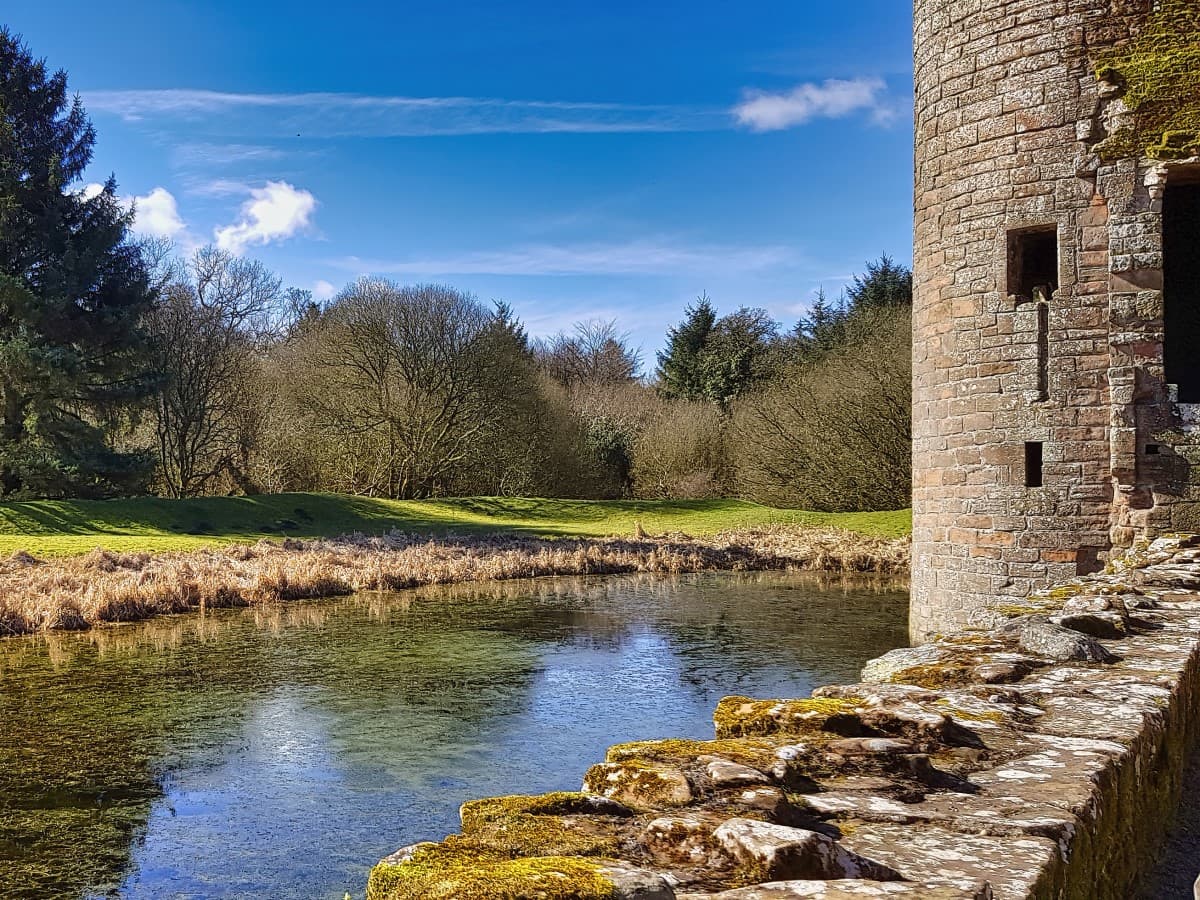
Tourist Information
Caerlaverock is a popular tourist attraction, and while it won’t take you long to look around it (no more than an hour), it’s a nice place to visit for an afternoon with the family.
Historic Environment Scotland has done a good job of maximising what’s on offer at the site, and there’s a wide-open stretch of grass in front of the castle that’s ideal for letting the kids run riot as well as benches set to one side if you fancy taking a picnic.
Although the castle is interesting and there’s a lot of history to discover, I feel the highlight of a visit is walking through the nearby woodland that runs down to the grasslands of the Solway Firth. The woodland is a wonderful place to see a variety of songbirds, and the trail also leads to the foundations of a much older castle. Following the path further south will lead you into Caerlaverock National Nature Reserve which is worth a visit in its own right.
Covering 21 square miles, the reserve is home to a wide variety of waterfowl and wading birds, and taking a pair of binoculars is a must for any walk there, with the salt marsh, grassland, and mudflats clearly visible in all directions. After exploring the reserve, you can head back to the castle grounds to relax in the tea rooms which offer hot drinks and home baking.
There’s also a permanent exhibition that will tell you about siege warfare thanks to reconstructions of mediaeval weaponry, along with a small castle-themed adventure playpark that will keep the kids entertained until it’s time to go home.

History
The castle was first built in the 13th century by the Maxwell family as a defensive stronghold and was reconstructed several times throughout its life until it was finally abandoned and left to ruin in the 17th century. Before its construction, several defensive structures had already been built in the area, including the Roman fort that was erected on nearby Ward Law Hill.
Early 1300s saw Sir John Maxwell acquire ownership of the land where Caerlaverock Castle now stands, but Holm Cultram Abbey monks had previously owned it. The Maxwell family went on to build a four-sided castle 200 metres to the south, but this was later abandoned, and the familiar three-sided fortress that we see today was subsequently built by Sir Aymer Maxwell around 1270.
The Maxwell family continued to improve the castle during the time they lived there with the impressive south and east ranges (known as the Nithsdale Lodging) constructed in the early 17th century, while the three-sided red sandstone walls and towers were built in response to the cross-border conflicts caused by the castle’s close proximity to the English border.
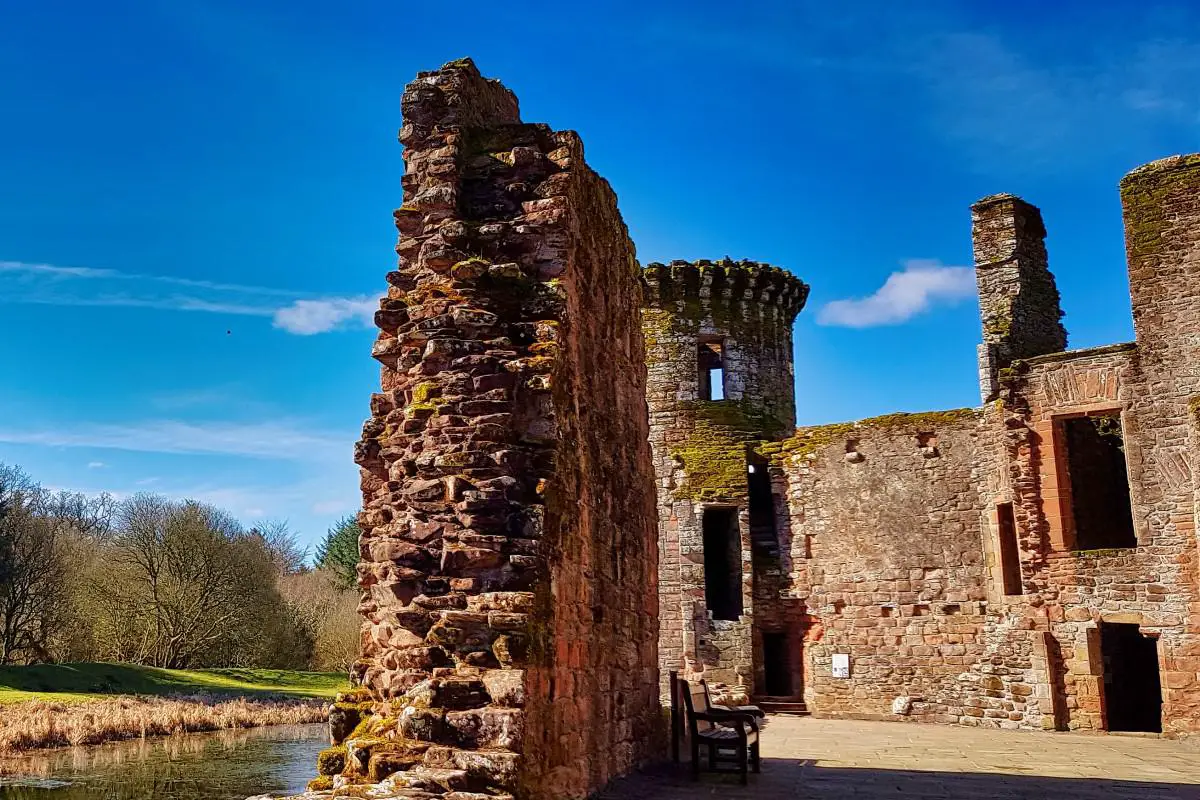
Things to Do
Explore the Castle: Step back in time and explore the unique triangular layout of Caerlaverock Castle. With its hidden nooks and crannies and informative exhibits, there’s a wealth of history to discover. Children will love climbing the towers and adults will enjoy a quiet break in the on-site cafe.
Wildlife Watching: Nestled in a nature reserve, Caerlaverock Castle is the perfect place for wildlife watching. Take your binoculars (link to binocular reviews) and spot a variety of birds including barn owls and kestrels. If you’re lucky, you might even spot roe deer in the surrounding woodland.
Attend a Medieval Siege Event: Immerse yourself in the castle’s dramatic past by attending one of its popular medieval reenactments. Witness the thrill of a jousting tournament complete with costumed performers who demonstrate the strategies used in this ancient sport.
Relax in the Gardens: The castle is surrounded by a lawn area that has picnic tables, making it the perfect spot for an outdoor lunch. Enjoy the peace and quiet of the surroundings before taking a walk down the path that leads onto the Solway Firth.
Participate in a Photography Workshop: With its beautiful backdrop, the castle offers the perfect setting for practising your photography skills. Capture the dramatic castle and the finer details of its architecture, preferably during the magical golden hour.
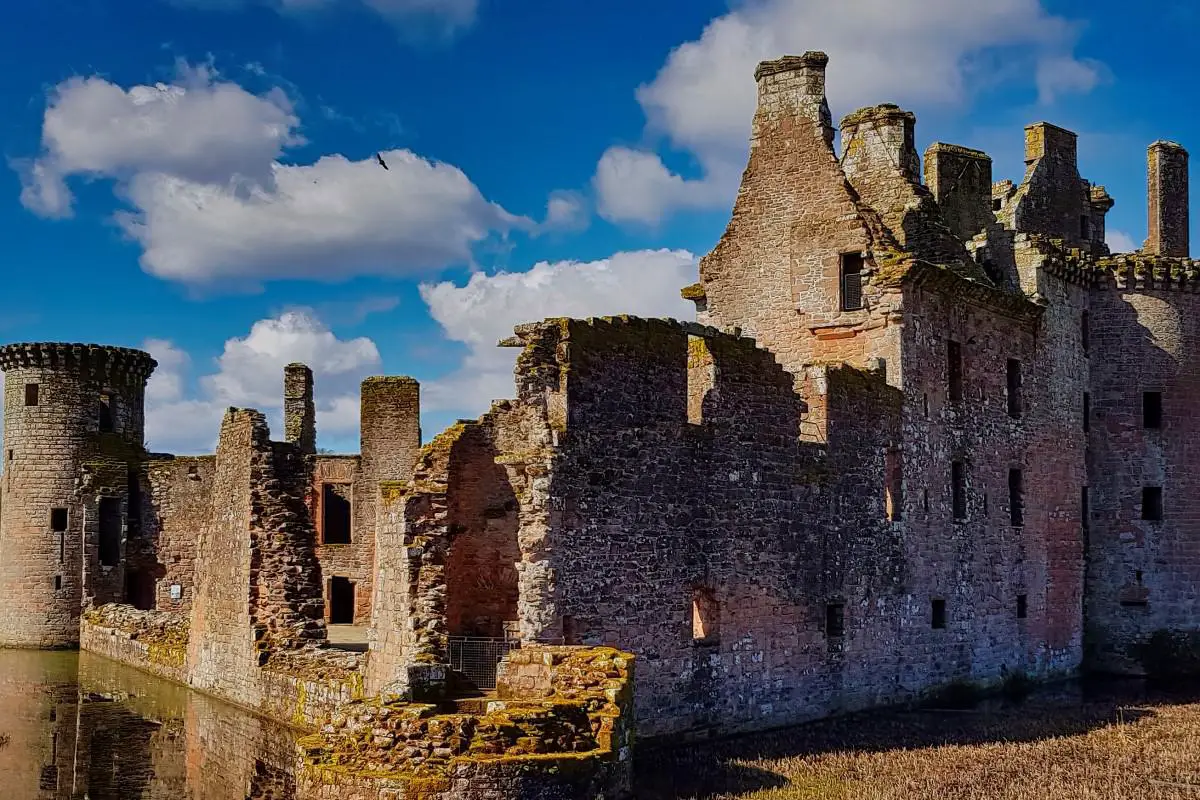
Things to Do Nearby
New Abbey Corn Mill.
New Abbey, Dumfries DG2 8BX. 27-minute drive. A historic 18th-century water-powered mill that comes to life in the summer months when the water wheel can be seen in action. Inside the mill, visitors can explore the exhibits left behind by the last miller 65 years ago on a self-guided tour.
Caerlaverock Wetland Centre. Eastpark Farm, Caerlaverock DG1 4RS. 7-minute drive.
This nature reserve is within walking distance of Caerlaverock Castle. It is famed for its diverse wildlife habitats that are a haven for barnacle geese, ospreys, swans and other waterfowl.
Sweetheart Abbey. Main St, New Abbey, Dumfries DG2 8BU. 28-minute drive.
A 700-year-old abbey that is in ruin, although most of the exterior walls are intact. The abbey is within walking distance of New Abbey Corn Mill.
Mabie Farm Park. Mabie Ct, Dumfries DG2 8EZ. 24-minute drive.
A family-oriented farm theme park that gives visitors the chance to feed ponies, sheep, pigs and donkeys. There is a boating pond, go-kart track, quad bike track, a rope swing barn and much more.
Dumfries Museum. The Observatory, Rotchell Rd, Dumfries DG2 7SW. 18-minute drive.
Dumfries Museum is dedicated to telling the stories of the people who lived in the city and the surrounding area. There are displays of fossils, early man-made tools, stone carvings and more.
Frequently Asked Questions
Why is Caerlaverock Castle important?
Caerlaverock Castle is a unique, triangular-shaped castle which is the only one of its kind in Scotland. Built in the 13th century, it has witnessed several historical events, including the Wars of Scottish Independence. It’s surrounded by a moat and has a twin-towered gatehouse which is almost intact – another unusual feature.
Who lived in Caerlaverock Castle?
From the late 1200s to 1640, the Maxwell family built and resided in Caerlaverock Castle.
Why is Caerlaverock Castle triangular?
Caerlaverock Castle is theorized to have been built in a triangular layout to allow a tower to be built at each corner to aid in its defence.
However, some historians believe the castle has 3 sides due to the shape of the underlying bedrock.
What visitor facilities are there at Caerlaverock Castle?
Restaurant/café, disabled toilets, male and female toilets, information displays, shop, car parking, picnic area, visitor centre, water refill station.
Visit the HES facilities page for updated information on available facilities.



